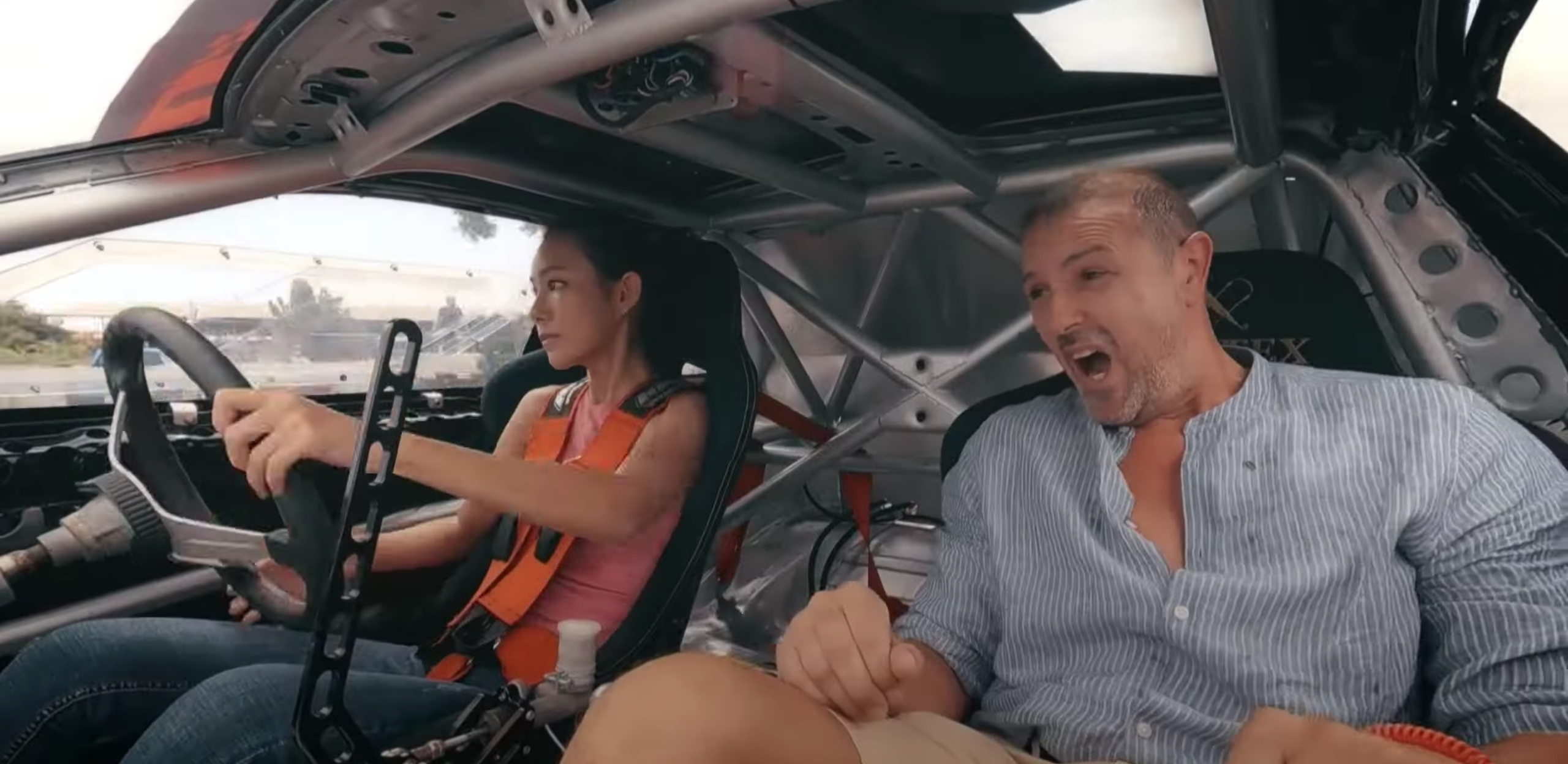F1 Community Outraged Over 18-Lap Tyre Limit at Qatar Grand Prix: A Safety Measure or a Strategic Misstep?
In a move that sparked controversy among fans, the FIA’s decision to impose an 18-lap tyre limit at the Qatar Grand Prix has been met with harsh criticism. The regulation, aimed at ensuring safety following tyre issues, has raised questions about its impact on race strategy and track management.
Key Takeaways:
- New Regulation Sparks Controversy: The FIA’s decision to implement an 18-lap limit on tyre usage in the Qatar Grand Prix has led to significant backlash from fans. This rule was introduced in response to critical tyre issues observed during practice sessions, particularly concerning tread separation.
- Impact on Race Strategy: Fans have expressed frustration over the potential impact on race strategy, with some suggesting that the limitation negates the need for strategic planning by race teams. The rule also counts laps done on used tyres, further complicating strategies.
- Track Safety and Future Modifications: The persistent issues with tyre wear, despite changes in track limits at certain turns, highlight broader concerns regarding the Losail racetrack. Plans are underway to modify the curbs and possibly transform asphalt run-off areas into gravel by 2024, accommodating both F1 and MotoGP requirements.
The Formula One community has been in an uproar following the FIA’s announcement of a mandatory 18-lap limit on tyre sets for the Qatar Grand Prix. This unexpected move, coming in response to serious tyre issues identified by Pirelli, has sparked a wave of criticism from fans and raised questions about its implications for race strategy and safety.
The decision, necessitating at least three pit stops per race, aims to address safety concerns after tread separation issues were noted during practice sessions. This rule includes laps completed on used tyres, adding a layer of complexity to team strategies.
Despite efforts to reduce tyre wear by adjusting track limits at critical points like turns 13 and 14, the problem persisted. This issue has not only frustrated fans and teams but also highlighted the need for significant changes at the Losail circuit. The track operator now faces the challenge of modifying curbs and potentially converting some asphalt run-off areas into gravel to ensure the safety and suitability of the track for both Formula One and MotoGP events.
Fans have been vocal on social media, expressing their dissatisfaction with the decision. Comments like “This is ridiculous, race strategists can take the day off. Why not put governors on so they all have the same max speed” and “…then why does the Hard exists.. The C2 cannot complete 20 laps, is that what they are saying?” reflect the community’s perception that the tyre limit could overly simplify or even distort the strategic element that is a hallmark of Formula One racing.
The decision has not only impacted fans’ views on race dynamics but also raises broader questions about the future of track design and the balancing act between ensuring safety and maintaining the competitive and strategic aspects of the sport. The FIA’s move, while safety-oriented, appears to have opened a Pandora’s box of debate over the direction of Formula One racing and the evolution of its rules and regulations.

